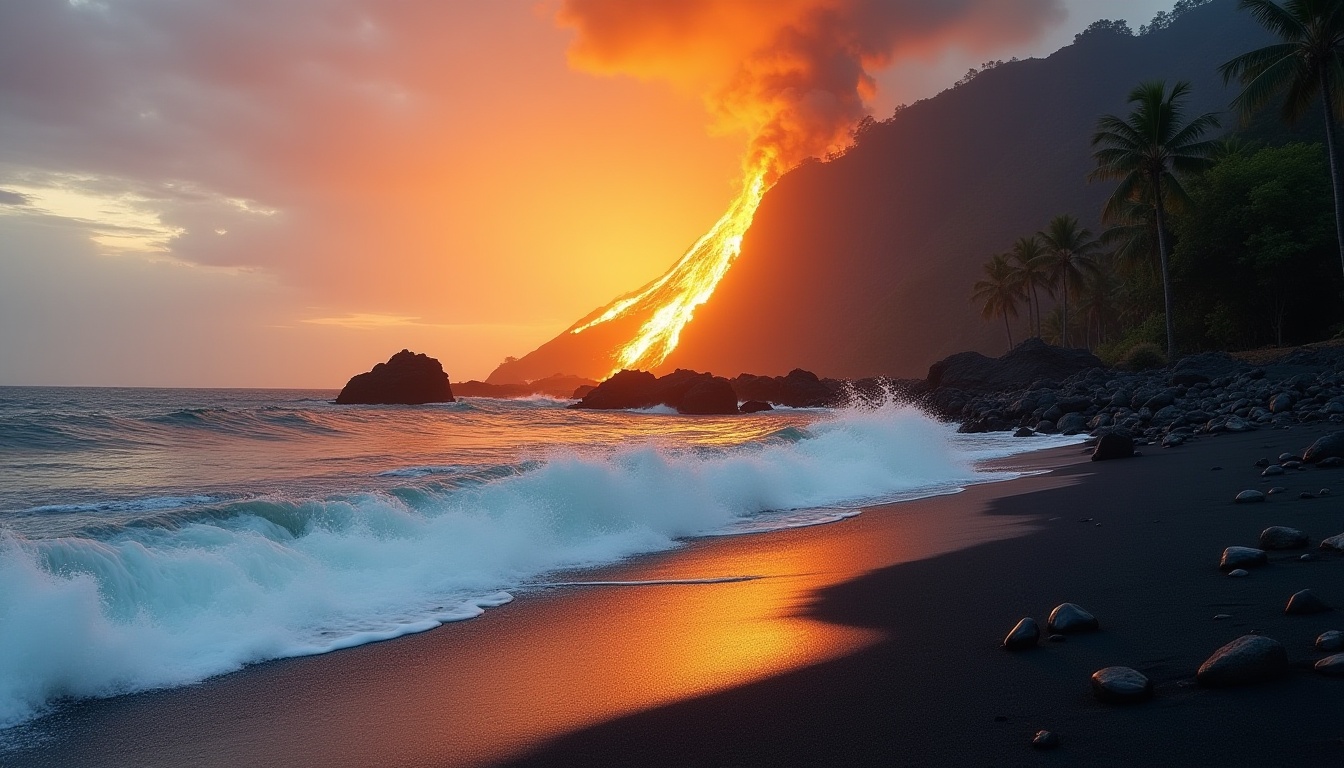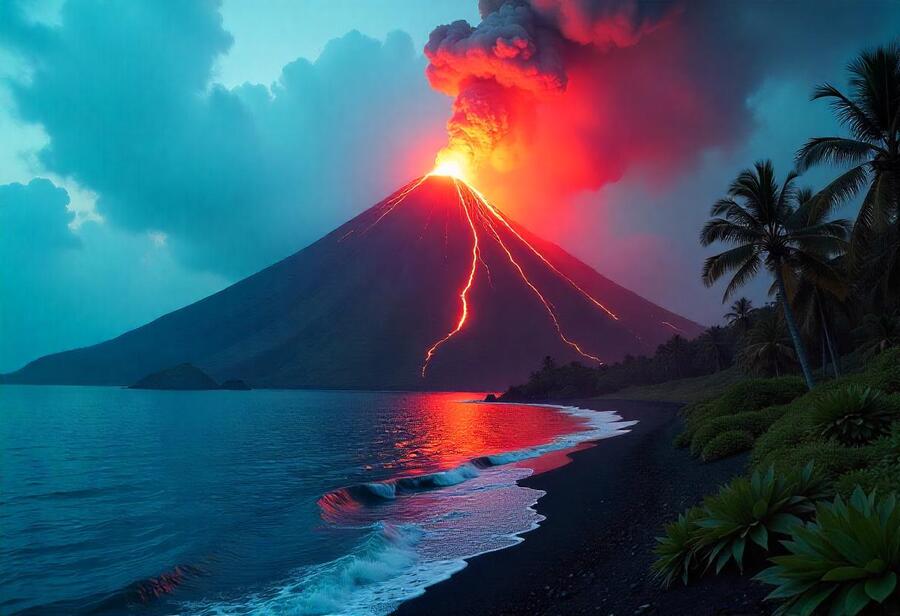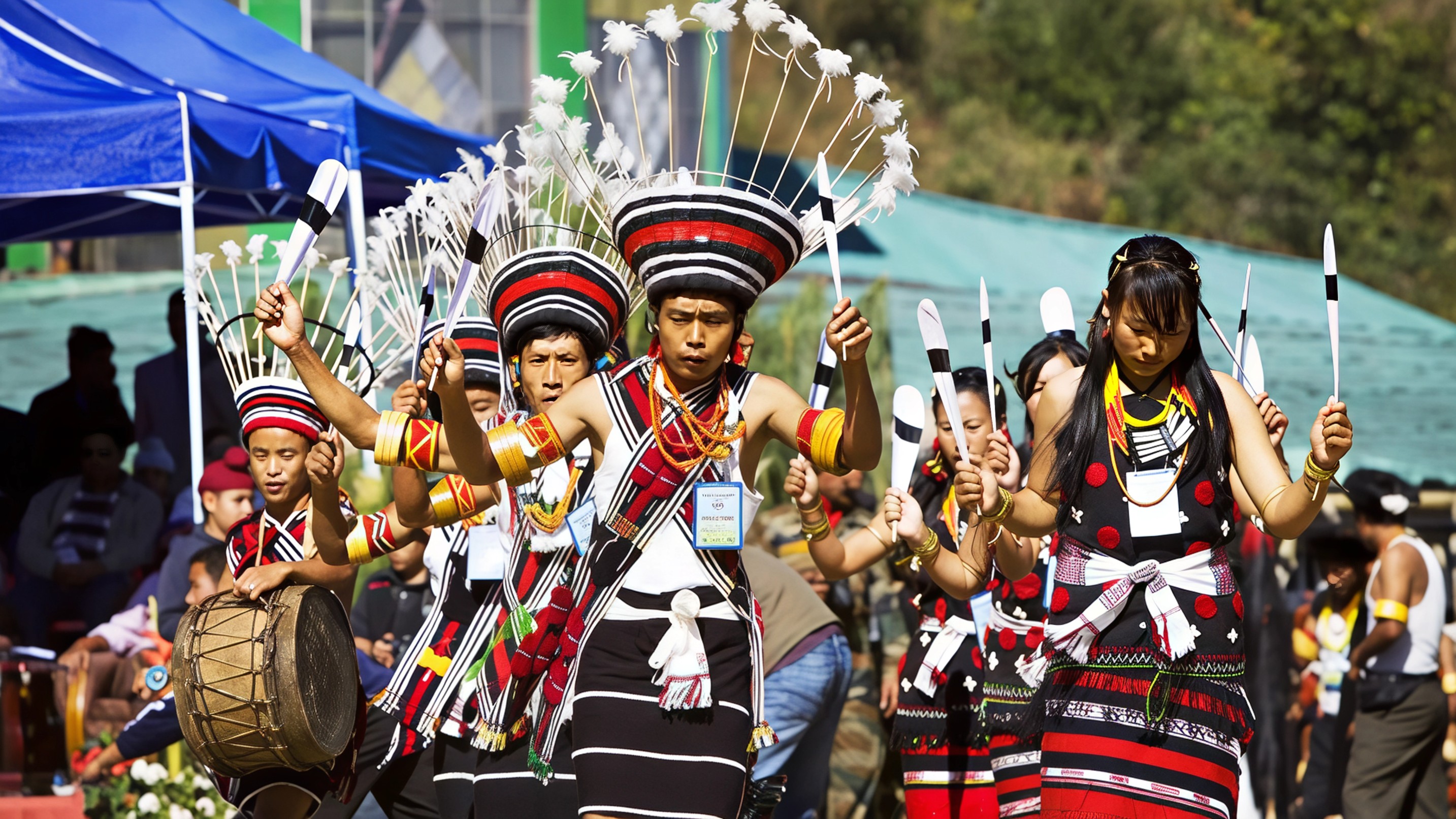If you're dreaming of white beaches, tropical sunsets, and vibrant culture in places like Bali, Manila or the islands of the Philippines, it is important to understand the hidden natural risks these destinations carry. While these countries offer some of the most spectacular travel experiences, they also lie in one of the world’s most seismically unstable regions known as the Ring of Fire.

Stretching over 40,000 kilometres around the edges of the Pacific Ocean, the Ring of Fire is a vast belt where multiple tectonic plates collide and shift. This zone is responsible for nearly 90 percent of the world’s earthquakes and about 75 percent of all active volcanoes. That includes over 130 active volcanoes in Indonesia alone, some situated near major tourist areas. These geological conditions can trigger sudden natural events like eruptions or tremors that may affect air travel, local transport, and safety during your trip.
Indonesia sits at the meeting point of four massive tectonic plates. The constant subduction and movement between these plates have created one of the most volcanically active regions on Earth. The country has seen several major eruptions in the past decade. In 2017, Mount Agung in Bali erupted after decades of dormancy, leading to over one hundred thousand evacuations and grounding of flights at Denpasar airport. In 2025, Mount Lewotobi on the island of Flores erupted again, causing delays and disrupting regional travel. Even if these eruptions are far from your intended travel location, ash clouds and airspace closures can bring your holiday plans to a sudden stop.
The Philippines also faces similar threats. The country sits on the Philippine Sea Plate, one of the most volatile tectonic areas in Asia. Cities like Manila are located near active fault lines and are frequently impacted by earthquakes and volcanic activity. While tourism remains strong in these regions, both nations have developed robust emergency response systems. But awareness and preparedness on the traveller’s part is just as critical.
For Indian tourists planning a trip to these locations, preparation should begin before departure. The dry season from April to October is generally considered safer for travel because weather conditions are more favourable and local infrastructure is less strained. However, earthquakes and eruptions can occur without warning, so it is essential to stay informed.

Downloading apps like My Earthquake Alerts or Volcano Discovery can help you track real-time seismic activity. The Indonesian meteorological agency BMKG regularly updates its warnings and alerts across digital platforms. When choosing a travel insurance plan, read the fine print to ensure it covers natural disasters, medical evacuation, emergency accommodations, and cancellations caused by seismic events. Most basic plans do not include these situations, so be sure to check coverage in advance.
Understanding basic emergency protocols can also go a long way. During an earthquake, the "Drop, Cover, and Hold On" technique can help reduce injury. In the case of a volcanic eruption, masks, clean water, and a simple emergency kit can make a significant difference. Always follow local advisories, avoid restricted areas, and consider registering with the Indian Embassy in your destination country for assistance during emergencies.
Despite these risks, millions of people travel safely across the Ring of Fire every year. Tourist hotspots like Bali, Cebu, and Jakarta have advanced safety infrastructure in place. Hotels and resorts typically follow strict safety procedures, and their staff are trained to assist tourists during emergencies. The region’s economies are deeply tied to tourism, so both public and private sectors are invested in maintaining visitor safety.
Travelling in the Ring of Fire region is not about avoiding danger but about making informed decisions. With the right knowledge and preparation, your journey through the landscapes of Southeast Asia can be not only beautiful but also safe and smooth.
For more travel insights, safety tips and destination guides, follow Travel Moves on Instagram and Facebook. Stay curious, stay prepared, and keep exploring.









